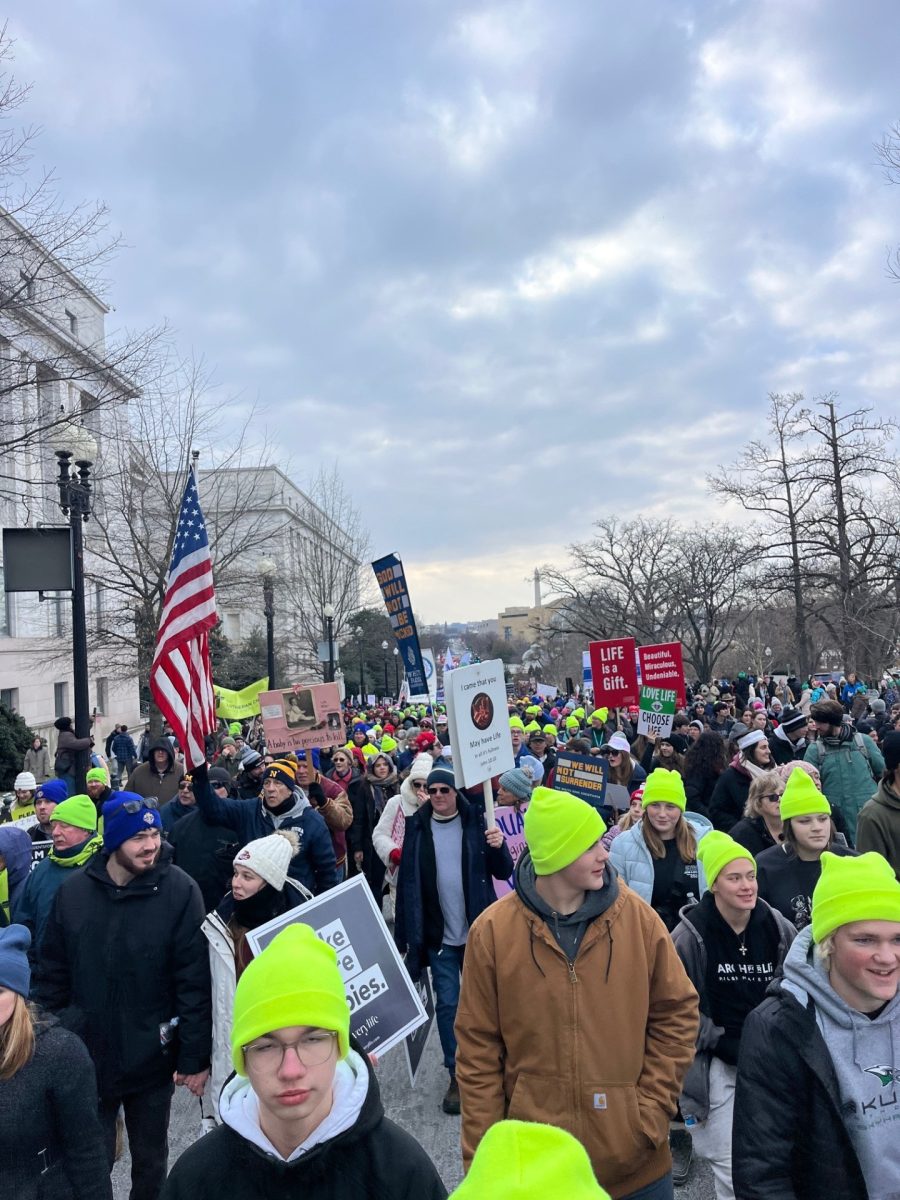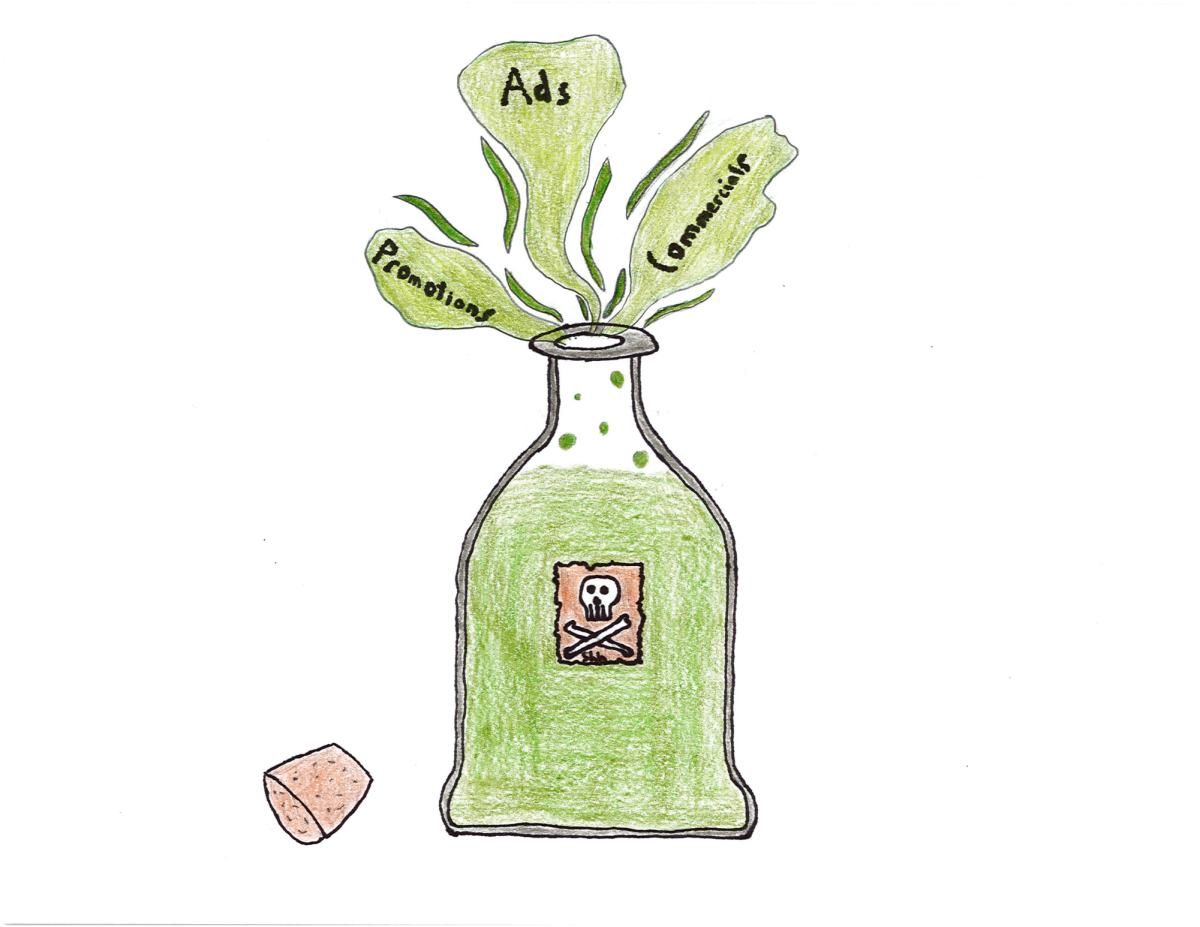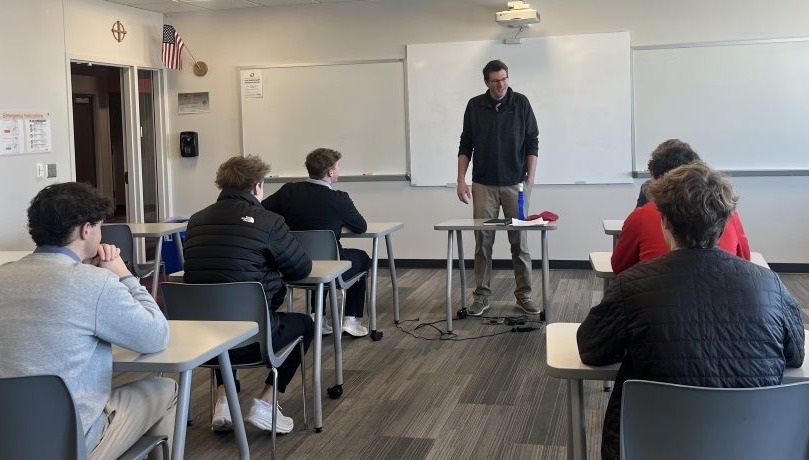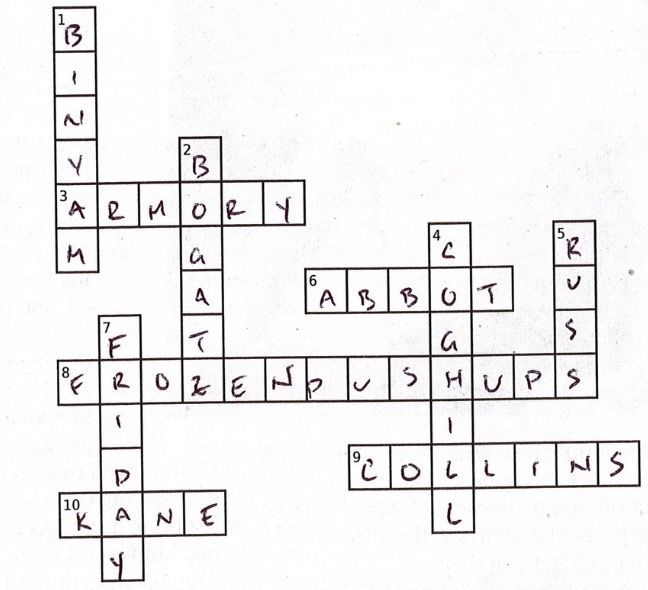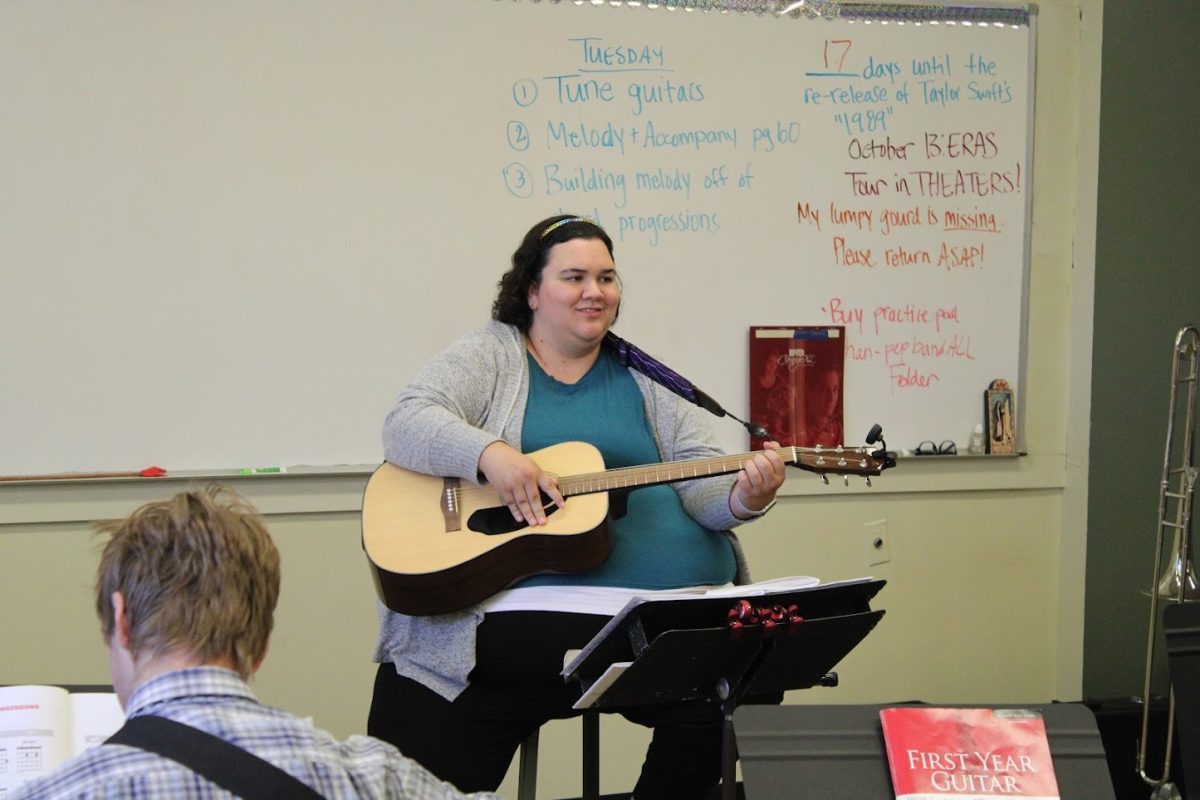Hurricane Ian Leaves Millions Devastated
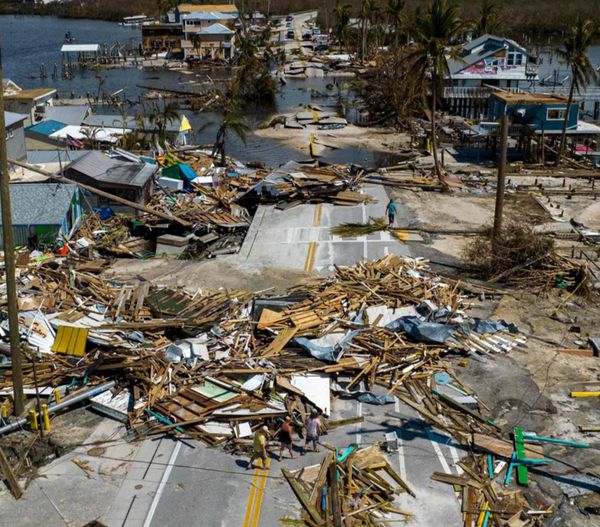
On September 28, Hurricane Ian made landfall near Cayo Costa, in southwestern Florida as a dangerous, high-end Category 4 storm after plowing a path of destruction. The storm tore through the Caribbean, bringing heavy rainfall and dangerous surf to Jamaica, the Cayman Islands, and western Cuba. After crossing over the Florida Peninsula it had weakened to a tropical storm. It then resurged to a Category 1 hurricane and made a second landfall near Georgetown, South Carolina.
With maximum winds of 105 mph, it became the strongest September hurricane in this region of the Caribbean since Hurricane Felix in 2007. Ian wreaked havoc across the states, cutting power to 4 million customers, leaving several hospitals without water and trapping thousands of residents in their homes. Around 476 people remained at two public shelters in Lee County, Fla. most of them at Hertz Arena, an ice hockey and concert arena. The county took a direct hit, with 5,041 residential properties destroyed and 13,052 suffering major damage, records show.
The Florida Medical Examiners Commission released the updated official death toll Monday evening, attributing 104 deaths to the storm. Lee County, which encompasses Fort Myers, accounted for the majority of the fatalities, with at least 54 lives lost in the county, according to the Lee County Sheriff’s Office. In Charlotte County, the preliminary death toll is 24, the Charlotte County Sheriff’s Office told ABC News. Despite “complete devastation” in Lee County, Sheriff Carmine Marceno said that “There’s light at the end of the tunnel. We are going to be stronger than ever.”
FEMA is playing a very big part in the recovery of hurricane Ian. More than $1.2 billion in federal grants, disaster loans and flood insurance payments has been provided to the state of Florida and households to help survivors jumpstart their recovery after Hurricane Ian. FEMA has provided $581 million to households and $314 million to the state for emergency response. Disaster Survivor Assistance specialists are going from house to house in Florida neighborhoods to help individuals register for assistance. FEMA and the state of Florida activated the Transitional Sheltering Assistance Program, which allows FEMA to make payments directly to participating hotels and motels in Alabama, Florida and Georgia that provide emergency shelter to survivors. Policyholders may receive up to $1,000 to reimburse the purchase of supplies like sandbags, plastic sheeting and lumber. They may also get up to $1,000 in storage expenses if they move their insured property.
Hurricane recovery can last at least a decade, sometimes longer and could cost up to 2 billion dollars. The damage from Hurricane Ian will very likely run into the tens of billions of dollars. Florida is awaiting federal approval on a $30 million request for the Dislocated Worker Grant Program. This program will provide disaster relief employment through temporary jobs to Floridians who were impacted by Hurricane Ian. More than 42,000 linemen have already restored power to over 2.8 million accounts across the state. I am incredibly proud of how our Florida colleagues have responded in the wake of Hurricane Ian. Their resilience and compassion, even when faced with devastation as great as this, is a testament to their unwavering commitment to the care and improvement of human life.” said Sam Hazen, chief executive officer of HCA Healthcare.
Your donation will support the student journalists of Mount Michael Benedictine High School. Your contribution will allow us to purchase equipment and cover our annual website hosting costs.

Matt joined The Mount Journalism team in 2022. Matt also participates in basketball and baseball.




